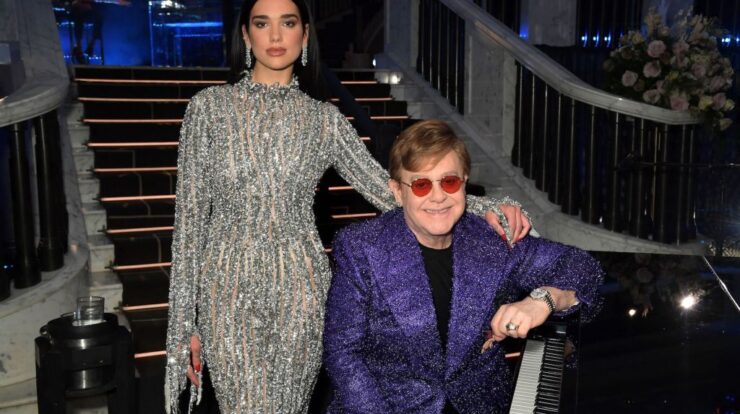
Theoretical physicists at RIKEN have achieved a significant improvement in boosting the effectiveness of techniques used to correct errors in quantum computers. This advancement might facilitate the creation of bigger, more dependable quantum computers that utilize light.
Quantum computers are rapidly approaching, poised to transform computing as we know it over the coming ten years or so.
“Quantum computers could tackle issues that even our most advanced supercomputers can’t handle,” observes Franco Nori from the RIKEN Center for Quantum Computing (RQC).
However, several significant obstacles must be addressed before quantum computers can be utilized to solve real-world issues. Ensuring their reliability in performing computations accurately remains a crucial challenge.
“The reliability of quantum computers is constrained by their extreme sensitivity to the environment,” explains Nori. “Even minor environmental disturbances can corrupt quantum information.”
To realize the full potential of quantum computers, it is essential to create methods capable of correcting quantum errors.
An appealing approach is the Gottesman–Kitaev–Preskill (GKP) code, named for its creators. This encoding scheme for a qubit—the quantum version of a classical bit—was introduced in 2001 using a harmonic oscillator model, which can be likened to a swinging pendulum.
“It holds promise for implementing quantum error correction with minimal hardware requirements,” according to Nori.
However, GKP codes rely on squeezed states—quantum states that are difficult to generate and control. Consequently, GKP codes have been challenging to implement in practical experiments, particularly in light-based systems.
To address this issue, a group comprising Nori, Clemens Gneating, and Yexiong Zeng—who are all affiliated with RQC as well—has devised an approach employing deep learning for optimizing GKP states.
The paper is
published
in the journal
Physical Review Letters
.
This improvement decreases the reliance on high-intensity squeezed states while maintaining the code’s strong error-detection abilities.
Through the use of AI, we refine the architecture of GKP states, finding the best compromise between using fewer resources and enhancing resistance to errors,” explains Zeng. “The improved GKP codes surpass traditional methods, needing just a part of the squeezed states yet providing better error correction performance.
The method turned out to be remarkably efficient, exceeding the team’s expectations. “We were pleasantly surprised,” says Zeng. “The neural network achieved a much more efficient encoding than we had initially expected.”
“By reducing resource demands and improving error resilience, our work accelerates the path toward scalable, fault-tolerant quantum computing, paving the way for significant advancements in science and technology,” says Gneiting.
Zeng mentions that the team intends to expand the codebase for development into a multi-faceted logical framework.
More information:
Yexiong Zeng et al., Neural Network Based Design for Approximate Gottesman-Kitaev-Preskill Code
Physical Review Letters
(2025).
DOI: 10.1103/PhysRevLett.134.060601
On
arXiv
:
DOI: 10.48550/arxiv.2411.01265
Provided by RIKEN
This tale was initially released on
Dailyexe
. Subscribe to our
newsletter
For the most recent updates on science and technology news.





